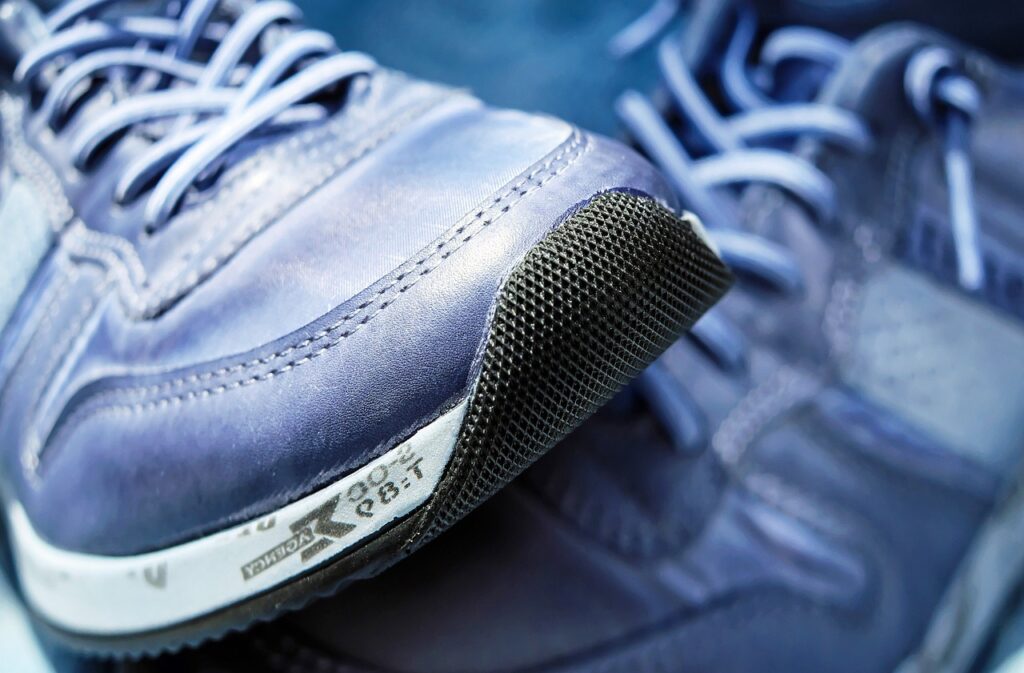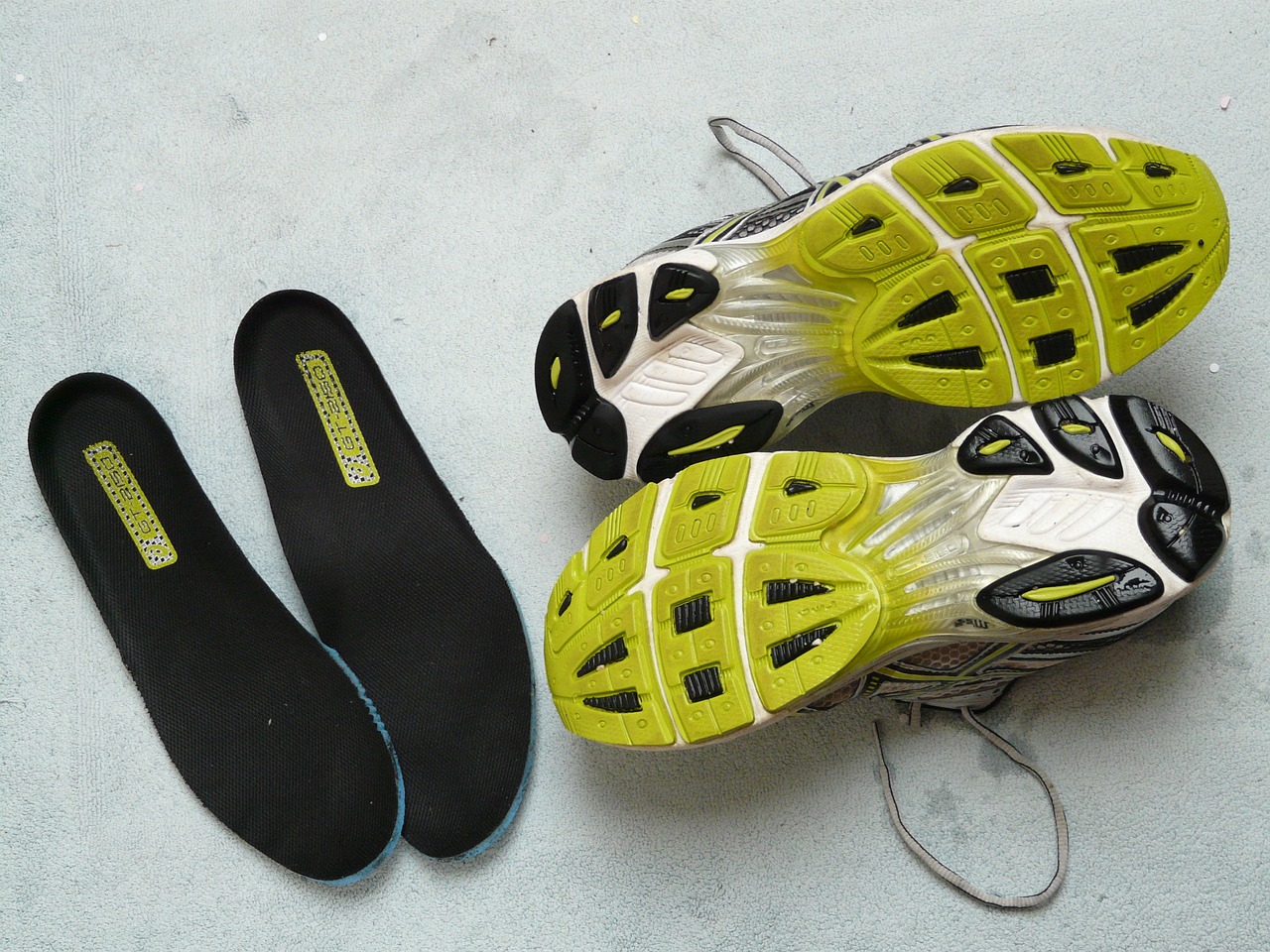Running shoes are so much more than a rubber sole, foam, and laces. They are a companion, a fellow journeyman. When the time comes to retire them, and get some new running shoes, it can be sad to say goodbye. I’m sure many runners, like myself, have pairs of shoes they remember with fondness.
Determining the life of a running shoe isn’t an exact science but a recognized rule of thumb in the running community is 300-500 miles. While mileage can be a good indicator for knowing when to replace your running shoes, the actual life of a shoe depends on factors such as, running style, type of shoe, and body type to name a few.
Recognizing The Signs
Ultimately you are the best person to determine the life of the shoe. Here are some signs to help you decide.
- The rubber out-sole has worn away. Without the protective outsole, the foam support quickly deteriorates and changes the way your feet hit the ground.
- Shoes have become worn asymmetrically. Even though they might have the outsole intact, asymmetrical shoes change your gait and cause muscles to strain trying to keep your stride the same.
- The shoes just don’t feel good anymore. New shoes have a light springy, lively feel to them. Old shoes just feel dead and flat.
- Soreness and increased muscle fatigue after runs. We’re not talking about the feeling you get where your legs turn to Jell-o and you want nothing more than to lay down and die. That feeling is supposed to be there. We’re meaning the uncomfortable strain on your knees, feet, or shins. The kind that doesn’t feel right and you didn’t use to get.
Shoes that have exceeded their lifespan, if continued to be worn, not only cause soreness and muscle fatigue, but can also lead to more serious running injuries. These injuries can take a long time to heal, and healing means no running.
Now that you know what to look for as your shoes come to their end, there are some things you can do to prolong their life and give yourself some extra mileage.
How do I increase the life of my shoes?
Here are a few simple ideas you can use to increase the life of your running shoe and make sure you get as much mileage as you (comfortably) can.
- Have a second pair. Running shoes are made up of foam support. With each step you compress that foam, so mile after mile it gets compressed over and over. When you aren’t running that foam can rest and get its form back. Having a second pair of shoes that you alternate running in, gives your shoes longer breaks and prolongs the life each shoe.
- Clean your shoes. If you run outside, your shoes are bound to get dirty. Dirt is very abrasive and as it works its way into the foam and mesh of your shoe, it breaks them down much faster. Here are some tips for cleaning your shoes.
- Don’t wear them when you aren’t running. Not only does this add non-running mileage to your shoes, but running shoes are designed for one activity in mind, running. Non-running activities stress and wear down other areas of the shoe, decreasing their life.
- Get the Right Style of Shoe. Shoes come in all colors and styles, but it’s important to look past the aesthetics and find the shoe that works best for you and your running. Road shoes aren’t designed for trail and vice versa. Not only is the type of shoe important, but different shoes have extra support, or reinforced areas depending on how you run. Our running shoe experts can help you find a shoe that fits your needs.
Store them indoors. There aren’t many things designed to thrive in excessive temperatures, and running shoes are no exception. Excessive heat can speed up the breakdown of the foam and glue holding your shoe together, while the cold stiffens the foam, reducing its ability to spring back to life.

Taking care of your running shoes might take a little bit of effort and awareness, but it’s a sure way to get the most out of your investment. To help you stay on top of your shoe life, there are a lot of apps, like Strava, that let you add your shoes and track when you use them. Even before you hit the recommended mileage, pay attention to what your shoes are telling you.
Every runner is different and so is every shoe. One person might get 600 miles out of a shoe, while you only get 350. Keep track of when your shoes are reaching the end and see about replacing them before you get injured.
If you feel like you aren’t getting the life out of your shoes that you should, let our staff know and they can give recommendations tailored to you.
